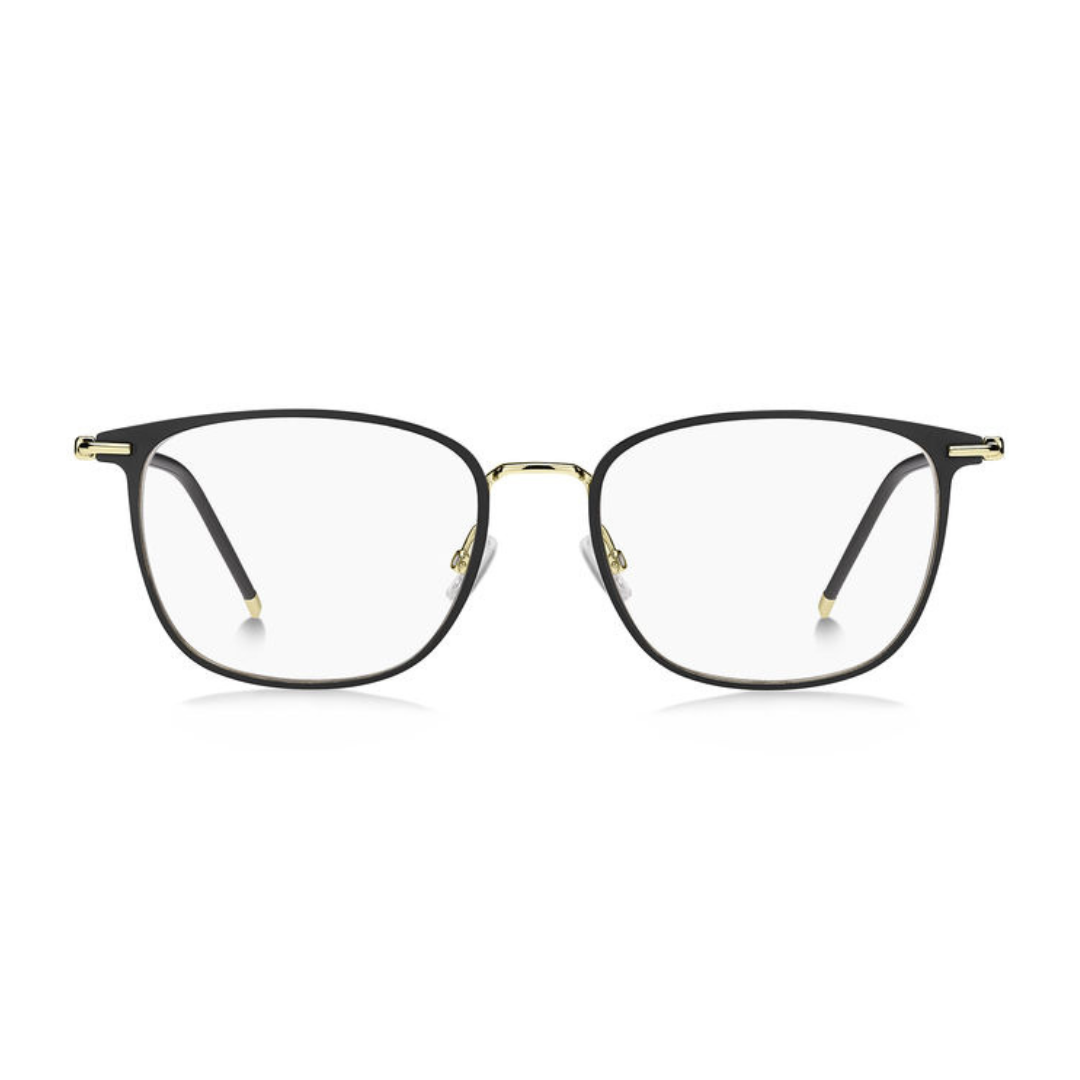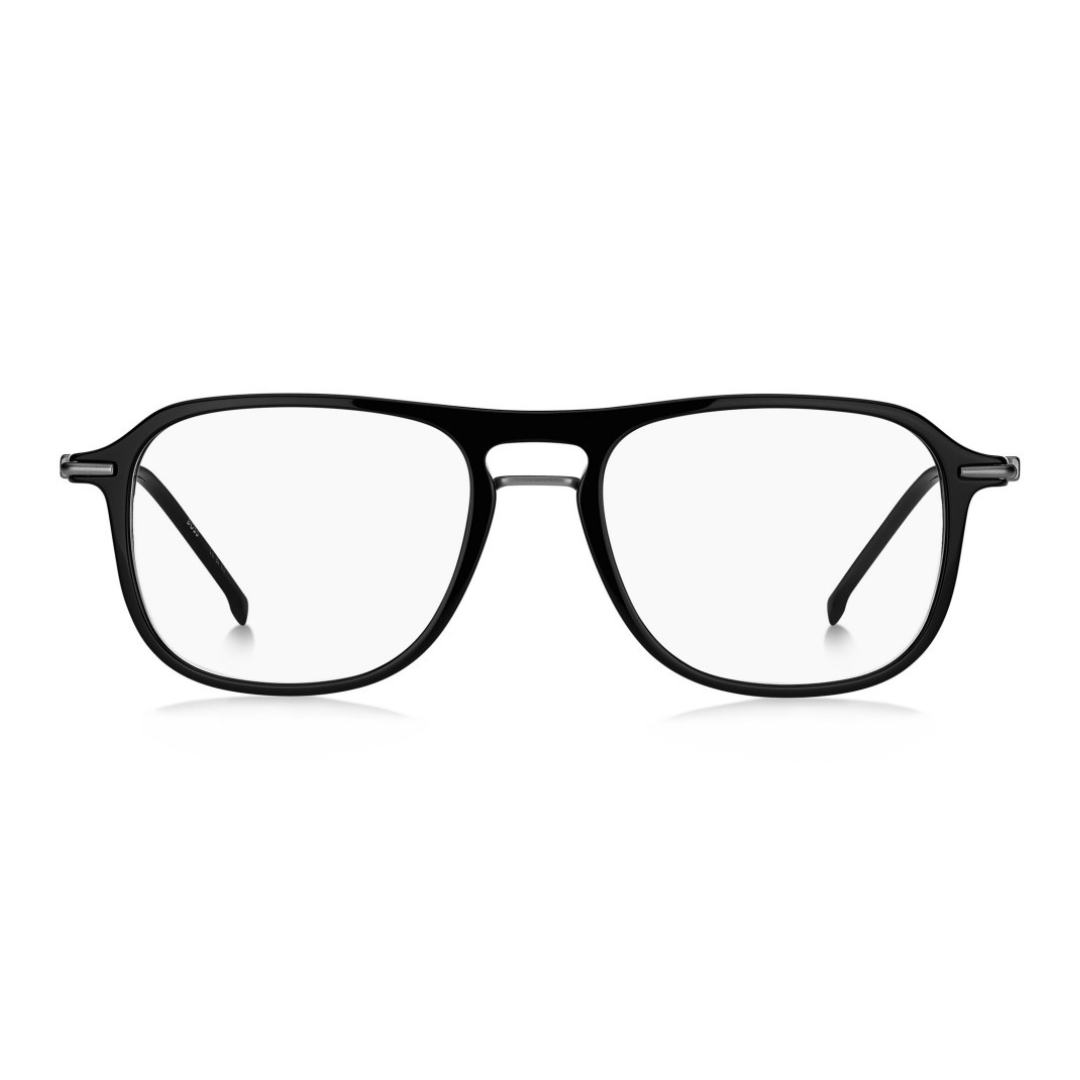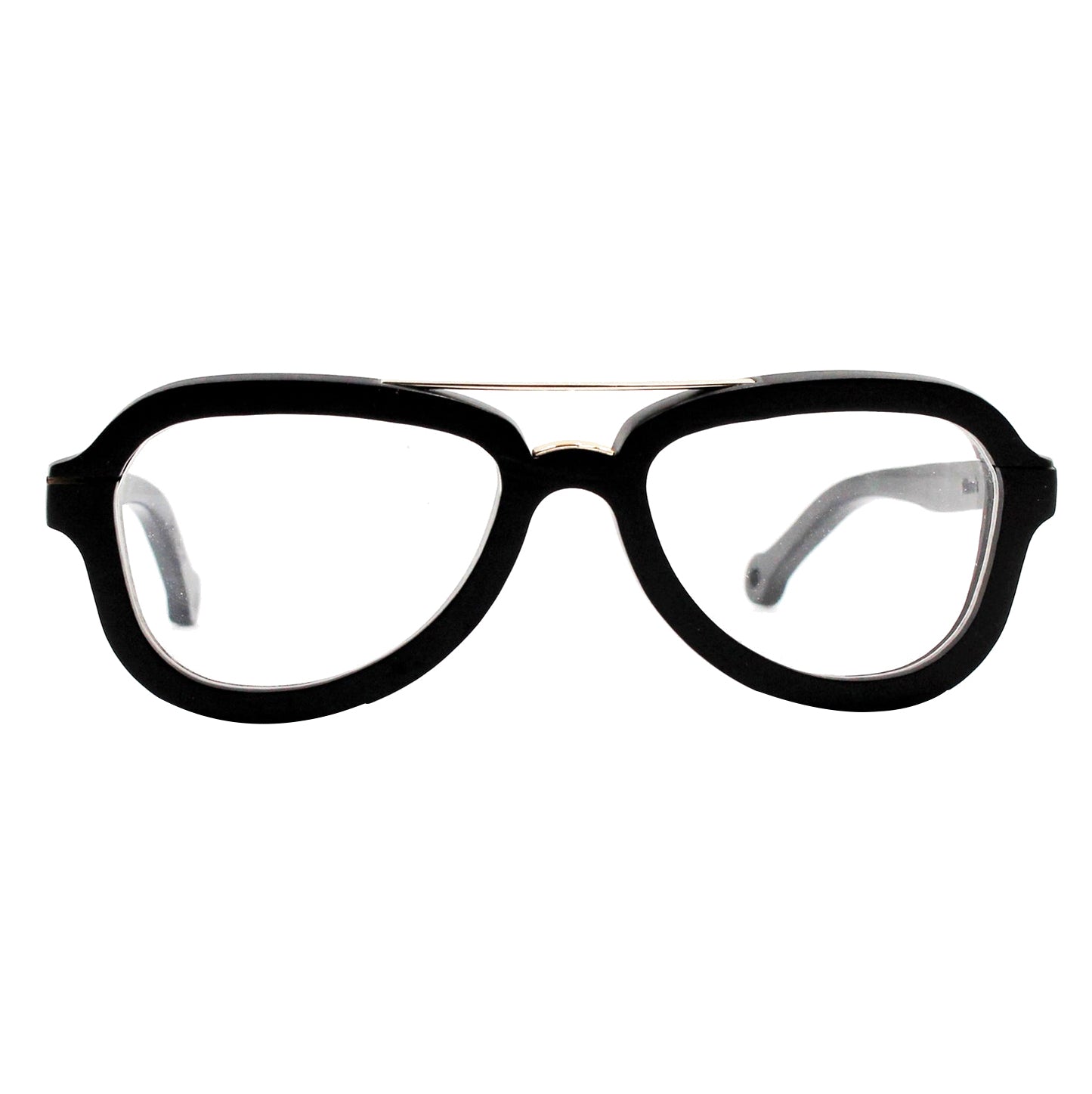
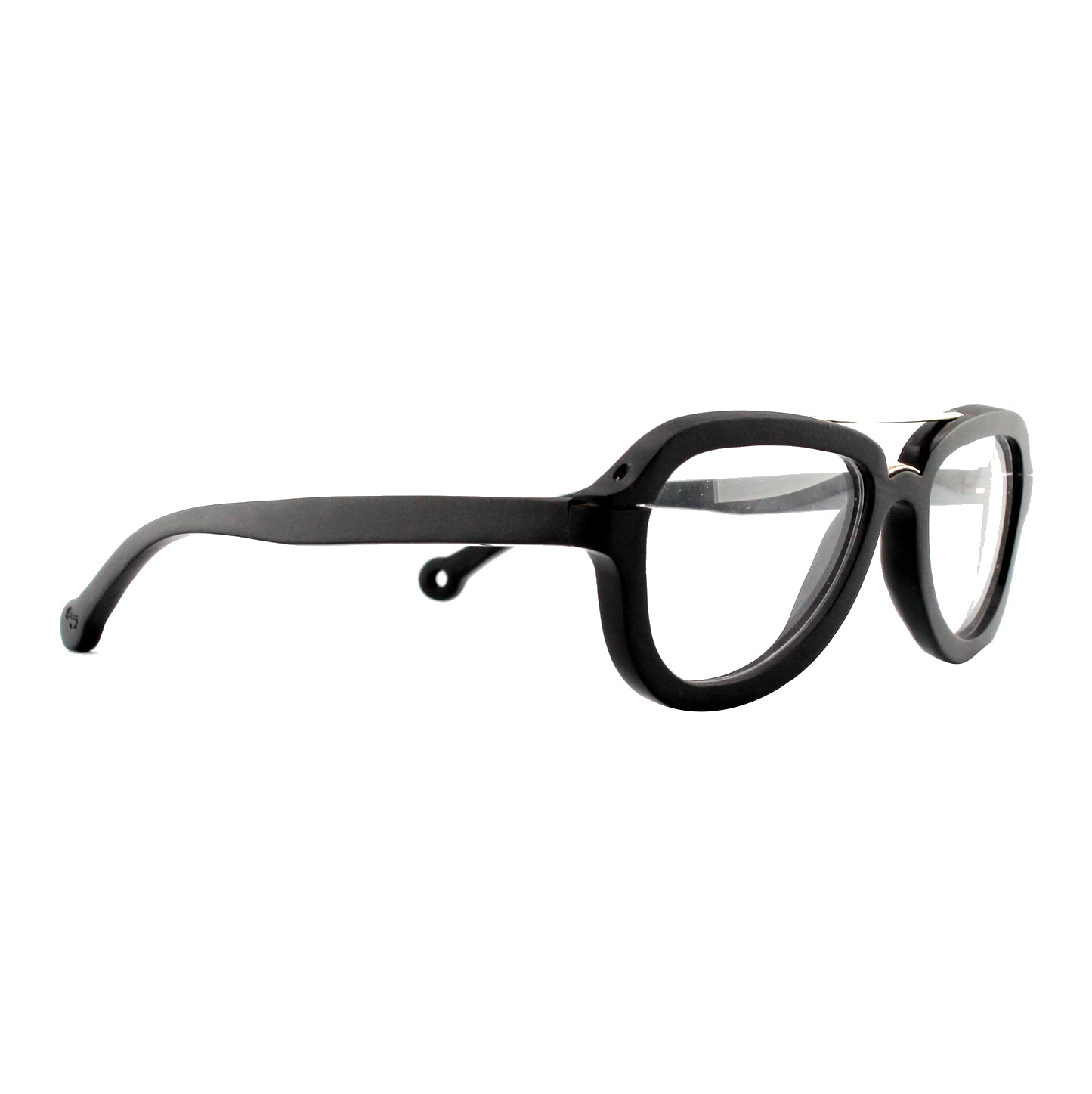
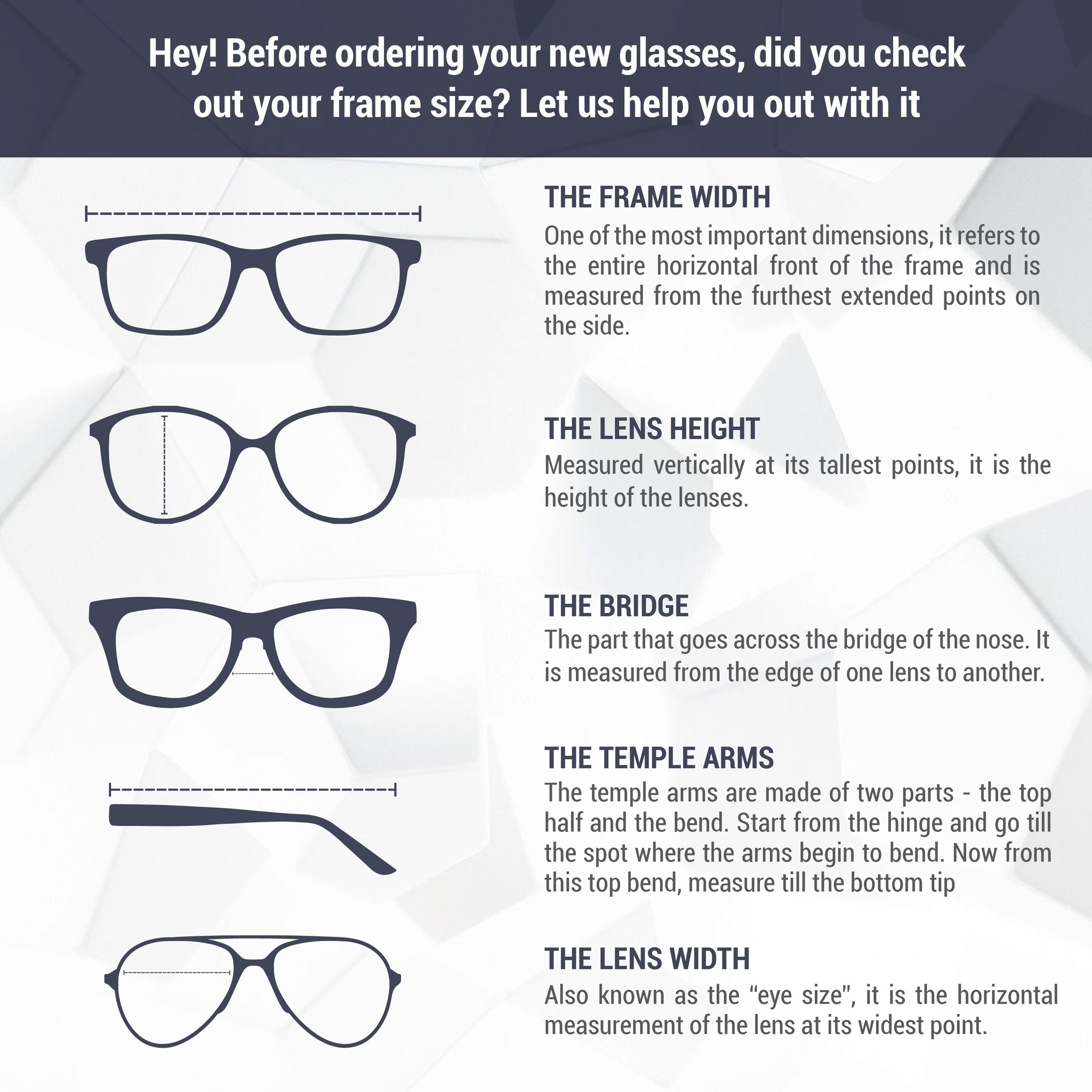
By clicking Virtual Try-On you are granting us permission to use your devices camera in order to assist you in selecting the best frames for you.
None of your personal data will be saved, recorded, sent, transferred, used, or sold.
For more information please refer to our Privacy Policy.
What is pupillary distance?
Your PD is the distance in millimetres between the centre of one pupil and the centre of the other pupil. This measurement ensures that we make your lenses with the prescription exactly where your eyes require them, resulting in superior vision!
Types of pupillary measurements
Single PD and dual PD measurements are the two types of PD measurements.
Single PD
The distance between the centres of one pupil and the centres of the other is referred to as the single or binocular PD measurement. A single PD measurement yields a single value, such as 60, 63, or 55 mm.
Dual PD
The distance between the centre of each pupil and the bridge of the nose is referred to as dual or monocular PD. Dual PD measurements consist of two numbers. For instance, if the dual PD is 31/33, the first number refers to the right eye and the second to the left eye.
Measuring your pupillary distance (PD)
What you will need:
1. A ruler in millimetres (mm).
2. A friend or a mirror.
3. Good lighting.
Step 1:
Stand in front of the mirror or have someone stand in front of you and hold the ruler on your eyebrows so it is steady and straight.
Step 2:
Align the '0' mark on the ruler with the centre of your right eye. Read the measurement that is falling on the centre of your left eye. That number is your PD.
All Done:
Your PD measurement is now complete. Make sure to double check and have someone assist you for more accurate results. You can now use this PD measurement for all your prescription needs!
For a more in-dept explanation please visit our guide.










